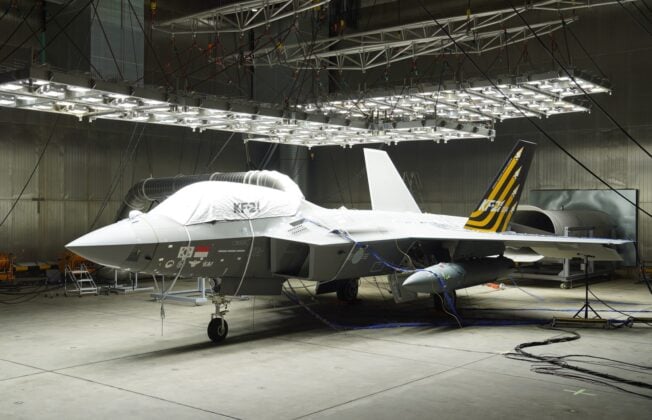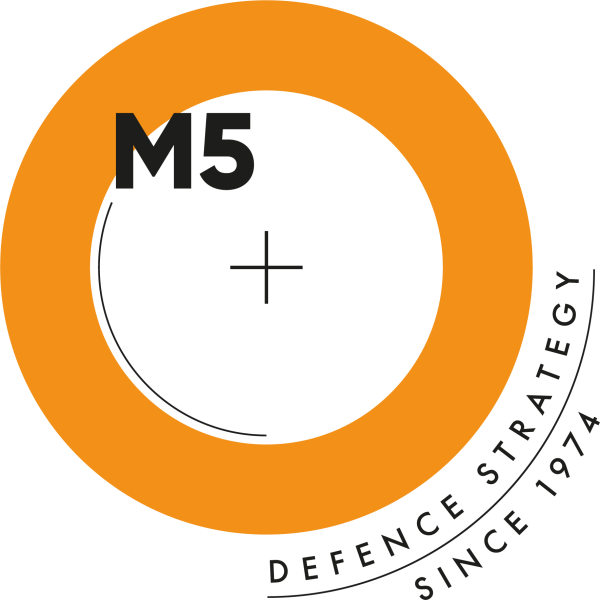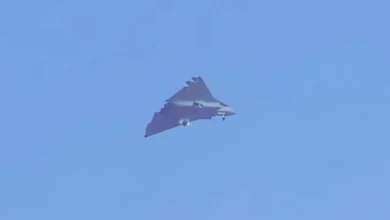Report: South Korea to turn KF-21 into 5th-gen stealth jet

South Korea is pushing forward with sweeping enhancements to its KF-21 Boramae fighter program, aiming to transform the domestically built aircraft into a full fifth-generation stealth platform.
The plan includes internal weapons bays, advanced radar-evading materials, and a next-generation engine developed entirely in-country.
According to South Korea’s 2026 defense budget proposal, the government is allocating expanded funding to support long-term stealth development for the KF-21 and other advanced aviation systems. The Korea Aerospace Industries (KAI), which manufactures the KF-21, is currently finalizing Block I development, with efforts already underway to initiate Block II and the conceptual Block III upgrades.
The Block III version, as envisioned by KAI, would move the KF-21 beyond its current limited stealth configuration by housing missiles and sensors within the fuselage—similar to the U.S. F-35 Lightning II. This design shift would minimize radar cross-section and enhance survivability in contested environments.
The government’s proposal includes ₩86 billion ($62 million) to launch development of an indigenous advanced jet engine, and an additional ₩630 billion ($453 million) for stealth-related sensor and material technologies. If successful, the engine could eventually replace the current U.S.-supplied GE F414-GE-400K turbofan.
KAI said it aims to complete Block I development by late 2026, followed by expanded testing of air-to-ground capabilities leading into Block II. For Block III, the company plans to introduce a fully stealthified configuration with internal bays capable of carrying four Meteor air-to-air missiles or precision-guided bombs. The aircraft would also feature embedded electronic warfare systems and a redesigned internal optical targeting suite, replacing the current external pods.
The push toward stealth extends beyond airframe design. The Ministry of National Defense is also moving to develop a long-range air-to-air missile similar to the European Meteor, which already equips the KF-21. The domestic missile is expected to feature a ducted ramjet propulsion system, enabling extended range and sustained terminal phase acceleration.
The upgraded KF-21 will eventually integrate with unmanned wingmen, with plans for a high-speed, high-capacity datalink enabling the lead aircraft to coordinate swarms of autonomous drones. In contested airspace, drones could be used to decoy enemy defenses or conduct strikes, allowing the manned fighter to remain at standoff distance.
South Korea’s development strategy reflects a growing emphasis on defense self-sufficiency. The Defense Acquisition Program Administration (DAPA) and KAI are also prioritizing engine localization to avoid future supply chain constraints. Hanwha Aerospace and Doosan Enerbility are leading development of a new 16,000-pound-thrust-class turbofan, with a scaled-down 5,500-pound demonstrator scheduled to begin testing by year’s end.
In addition to the aircraft and engine, the Ministry has earmarked ₩7.5 trillion ($5.4 billion) through 2033 to fund development of the new air-to-air missile. This system is expected to exceed the performance of the U.S.-made AIM-120 AMRAAM, especially in terminal engagement phases, the ministry said.
However, the effort is not without challenges. Developing a ducted ramjet-powered missile or a modern stealth jet engine involves a high level of technological risk and can require decades to mature. The Meteor missile program, for example, took over 25 years to bring to operational status, despite being a multinational effort among experienced European defense firms.
South Korea’s experience with drone and turbofan development, combined with support from potential international partners, could help mitigate some of the risks. Still, observers warn that delays and cost overruns remain possible.
By transforming the KF-21 into a fully stealth-capable platform, Seoul seeks not only to strengthen its airpower but also to build a competitive aerospace industry capable of exporting next-generation fighters—much like Turkey’s approach with its Kaan stealth jet.
If the program proceeds as planned, the KF-21 Block III could represent a milestone: South Korea’s first fully indigenous stealth fighter, bridging today’s tactical needs with the future of unmanned teaming and long-range precision warfare.





